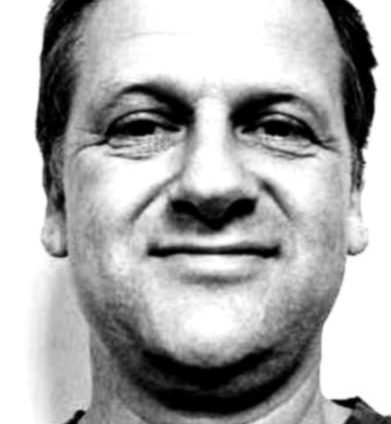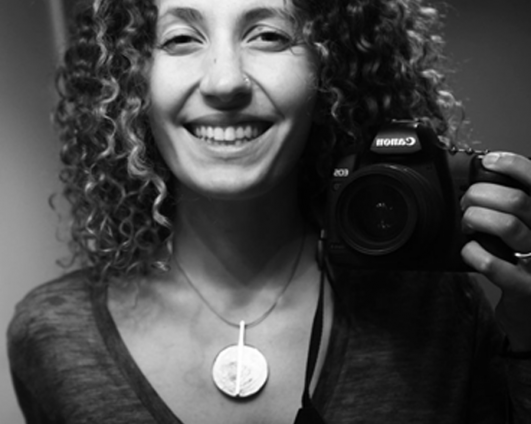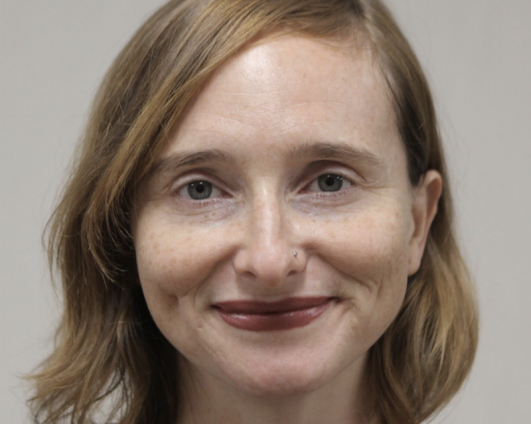Work-in-progress 3
Alistair Oldham – Wrecked on the Intertidal Zone
Isabelle Carbonell – The River Runs Red: a post-disaster interactive documentary on human and nonhuman suffering in landscapes of the anthropocene
Katherin Machalek – Displace
Wrecked on the Intertidal Zone
ʻWrecked on the Intertidal Zoneʼ is an interactive gallery of short films that
documents the broader investigative arts project of the same name, which
sought to explore the environmental destruction of the Thames Estuary
through a series of locally embedded artistic activities. Central to this was the
project “Graveyard of Lost Species”, which involved excavating a forty foot,
twelve ton cockle fishing boat from the deep mud of the Essex intertidal zone,
and turning it into an anti-monument to the lost species of the Anthropocene,
by engraving a eulogy of destruction, Epitaphs of the Common Mud, into its
side.
Central to the projectʼs conception was the realization that this would not
make an effective longer documentary narrative, so the decision was taken to
break its representation down into a series of shorter episodes. The first
episode acts as an introduction, and the activity around the “Graveyard of Lost
Species” does form a loose central narrative, but the episodes can otherwise
be viewed in any order. Klynt software was used to design the project gallery,
a decision that was inspired by teaching on the undergraduate multiplatform
documentary module at UWE, Bristol.
The River Runs Red: a post-disaster interactive documentary on
human and nonhuman suffering in landscapes of the anthropocene
The Bento Rodriguez dam disaster in the Brazilian state of Minas Gerais has been
called Brazil’s worst environmental disaster to date. On November 5, 2015, an iron-
ore tailings dam collapsed and released 60 million cubic tons of thick red sludge
filled with a cocktail of chemicals, into the Rio Doce. The toxic flood wiped away two
towns and continued downstream for 840km, reaching the Atlantic ocean 17 days
later. Given the massive environmental destruction, the temporality of this disaster
is not on a human scale. This documentary seeks to question what suffering means
in this post-disaster landscape. Encompassing a multispecies, multilinear
ethnographic approach, it takes a “making-with” approach to researching and
learning about suffering, using digital film to provide a non-anthropocentric
framework. Since compensation by corporations or the state is tied to the definition
of victimhood or its deeper affect “suffering,” this documentary will ask ‘who and
what is allowed to suffer?’ By extension, what does it mean to accord the landscape,
a river, or an ecosystem the right to suffer? There is no “whole story” to this
disaster. There is no “one story” or one character which can represent it. Taking a
fragmentary, indeterminate approach opens up the possibility of knowing other
worlds, other collectivities, even creating a new way of knowing the world, instead
of a narrow, single representation from one human character. In highlighting the
precarity of existence for all of the living beings which have been affected by this
disaster, this online interactive documentary attempts a greater polyphony of
representation.
Displace
Displace is a work-in-progress 360-degree video/VR experience that tells the story of the violent
displacement of a rural community in Northern Guinea and the inadequate measures to restore the
livelihoods of community members following their relocation. In late 2015, a South African mining
company that was running a gold mining operation in Kintinian, Guinea wanted to expand its activities
onto the land formerly occupied by the community. The company is accused of colluding with Guinean
security forces to hold the community “hostage,” using violence and theft to intimidate the population
while the company surveyed the land and possessions of the community without its consent. An
investment chain analysis into the financing of the mining project traced the money back to the
International Finance Corporation (IFC), the World Bank’s private-sector arm, and a long list of other
financial institutions around the world. This analysis gave the community the evidence it needed to
submit a formal complaint to the Compliance Advisor Ombudsman (CAO), the IFC’s independent
accountability mechanism. CAO accepted the complaint and is initiating a formal mediation process
focused on adequate compensation for the community. This VR experience will be used as a direct
advocacy tool in meetings with financial investors who have stakes in the mining project. By transporting
them to the place of the devastation and imparting a deeper understanding of what is at stake for the
community, the film will compel them to put additional pressure on the company to participate earnestly
in the mediation process. The footage features scenes from the site of the former community, which is
now an active mine, former schools and houses marked for demolition, helicopters flying overhead and
transporting gold out of the mine for processing, and the relocation site where the community is now
struggling to survive.



